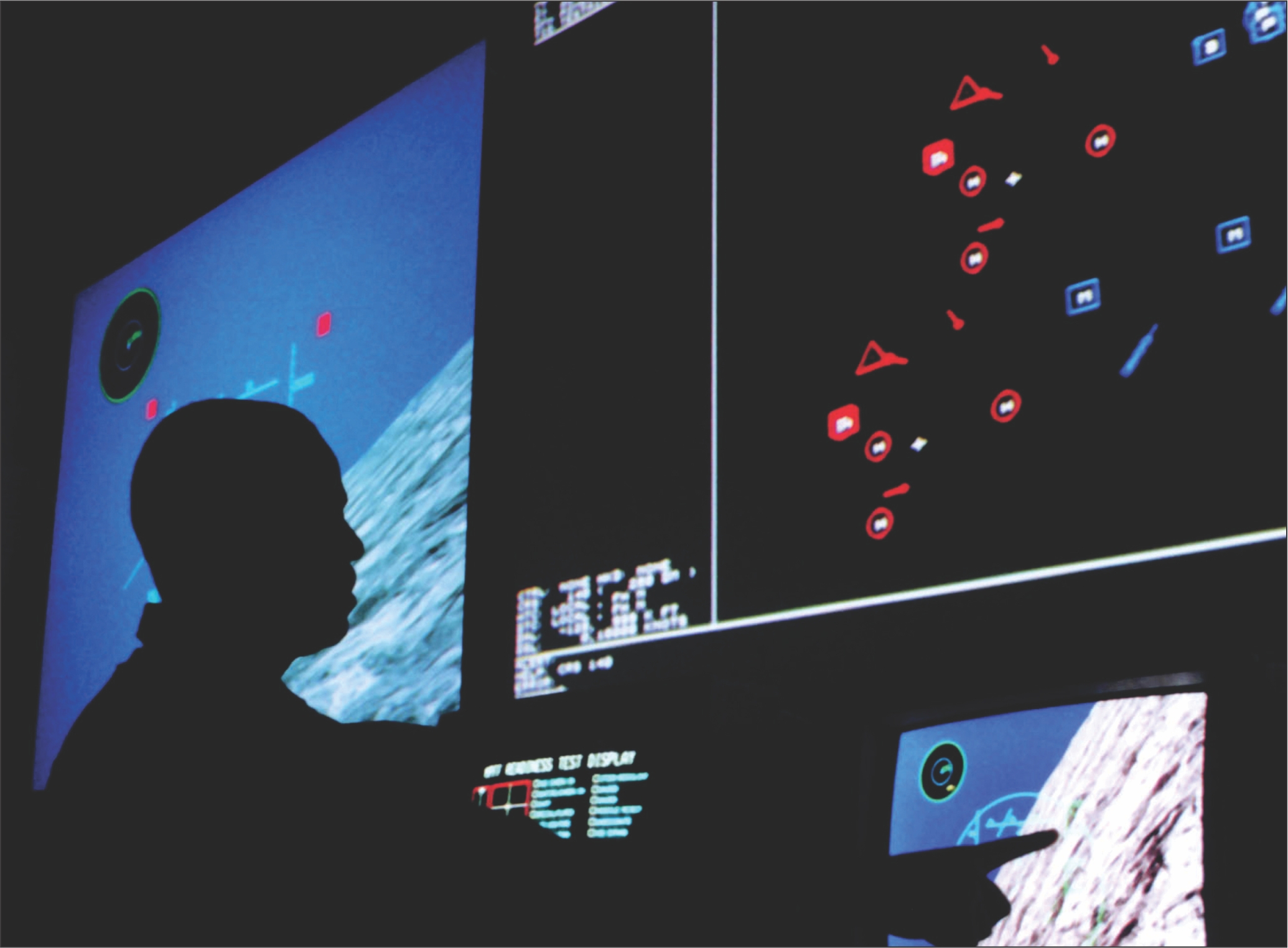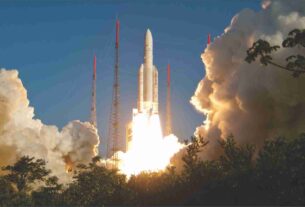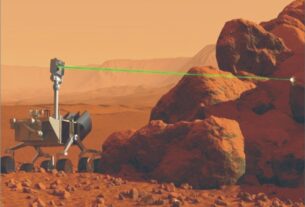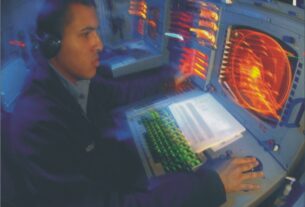Indian armed forces have validated its network centric warfare capabilities early last March with full spectrum use of its first ever dedicated military satellite G-SAT7 which coordinated seamlessly with all the 60 warships and 75 aircrafts from Indian Navy and Indian Air Force.
This happened during the Indian Navy’s annual TROPEX i.e. Theater level Operational readiness exercise which involved large scale maneuvers in all three dimensions i.e. surface, air and underwater across the Bay of Bengal, Arabian Sea and the Indian Ocean.
The naval satellite can scan an area of over 2000 nautical miles footprint over the Indian Ocean region with its UHF, S, Ku and C band transponders. These help in networking with warships and aircrafts along with operational centres through high speed encrypted data links. Through the network centric warfare capability the commanders sitting in their control room will decide the course of war, who will be equipped with information systems on the secure communication network.
Augmenting capabilities
The Network Centric Warfare capability would have remained half baked if the dedicated military satellite would not have been in place. A dedicated satellite network specifically for the military use launched last year has proved to be very handy and the Indian armed forces can rightfully claim that they have successfully experimented with the most advanced RMA technology. However it would take many years to match the NCW capabilities of the rival China, which is India’s primary concern. Pakistan will be depending on Chinese satellites for seamless communication during actual combat. But Indian armed forces have in recent years taken many credible steps which will have full indigenous support considered most critical during war time.
Along with the satellites the Indian Navy has augmented its communication capabilities with its sensor and radar packed P-8I aircraft, eight of which were ordered in 2009 and three of them has joined the Indian Navy till now. They also work in conjunction with medium range Dorniers, Israeli Searcher-II and Heron Unmanned Aerial Vehicles to create a three tier surveillance grid.
The Indian Air Force has also acquired three AWACS and three smaller versions of AEW&C on Embraer platform will soon be added. Emboldened by the success of this Indo-Brazilian effort, the Government intends to acquire three more under the Airawat project which will be AWACS type surveillance aircraft.
However, for Indian armed forces entrusted with the responsibility of safeguarding more than 7000 kms coastline and over 14,000 kms long land boundaries with neighboring countries, a very extensive network of eyes in the sky is needed.
Commenting on the necessity of NCW capabilities the Ex Air Chief ACM P V Naik emphasized that NCW is vital. A country cannot survive today for long against a good adversary without this capability.
Superior connectivity
The NCW concept was first put into practice by the US armed forces, which relies chiefly on computer processing power and networking communication technology to provide shared information of the battle space among the armed forces. To increase synergy in command and control, shared awareness is needed for instant and superior decision making with the ability to coordinate complex military operations over long distances for an overwhelming combat superiority.
In fact the IAF took a giant leap in advanced networked warfare capability with Air Force Net (AFNET) becoming operational way back in October 2010. This is a fibre optic based network on which the integrated Air command and Control System (IACCS) would ride. After putting this in operational mode the IAF was able to link all its ground, air and space assets to complete the situational awareness of the area it wants to secure and dominate.
The backbone of Indian Air Force system will be the fibre optic network (AFNET) on which will ride the Integrated Air Command and Control Systems (IACCS) which will provide the connectivity for all the airborne platforms and ground vehicles and command and control centre.
The IACCS will enable a real time sensor to shooter loop, which will assist the IAF commanders to take instant decisions even as information is shared among various platforms and personnel to order the launch of weapons and its actual deployment.
The Phalcon equipped AWACS acquired from the Israel on the Russian IL-76 platform will be an important link in the AFNET.
However, Air Force officials concede that the three AWACS and the three AEW&C aircraft along with one dedicated naval satellite will not be sufficient to keep round the clock observation on the Indian air, land and maritime borders.
The Indian Air Force and the Indian Army would also require their independent satellites, for which the Ministry of Defence has already placed orders with Indian Space Research Organisation. Presently, the IAF and the Indian Army are sharing transponders from the naval satellite. With the full scale operation of the Aerospace Command, which may take a few years more, the Indian armed forces may expect to have a seamless connectivity among all its air, ground and maritime assets which will provide full situational awareness of the Indian borders and much beyond.
Coordinated function
Since all the combat operations in future will be administered through joint and coordinated response between the Army, Air Force and Navy the net centric warfare capabilities will have to function in an integrated manner, so as to achieve the desired level of synergy, the flow of correlated and intelligent information between the three services. Only an effective NCW capability can hope to provide synergy and integration.
According to an Army official, to achieve this seamlessness and integration the Indian armed forces have carried out dozens of joint exercises in last few years. During these exercises the three services have practiced with the latest weapon system and equipment, force multipliers like LORROS, FMCP, AWACS, UAVs, satellites, battlefield surveillance radars, weapon locating radars and mechanized forces. Since 2004 the Indian armed forces have practiced its NCW capabilities in all the exercises.
Along with Indian Air Force and Navy, the Indian Army has also worked extensively over the decade in the field of Net Centric Warfare. The Army has developed a very robust survivable and high speed Common User Network across the country. Army Switched Communication Network, Command Inter Communication Network, Army Wide Area Network and Army Radio Engineered Network has been set up all along the borders with China and Pakistan and also the borders touching Myanmar in view of cross border insurgency movements.
Besides, to meet the demands of modern age, the Army has also advanced on projects like Network for Spectrum, ASCON Phase- IV, and Tactical Communication System etc. Also, the Army has put into use the Artillery Combat and Control System (ACCCS) Shakti, which is the artillery component of TAC 31. ACCCS will enable the Army to establish superiority in the combat zone. This will help the army in using the modern artillery with perfect accuracy against the enemy locations.
Indian Army is now upgrading these systems to meet challenges in the modern age.
Indian Army is working on many projects like Network for Spectrum, ASCON Phase IV, and Tactical Communication System. These systems are in progress and near to the stage of implementation. These systems will provide robust communication network system. In fact with the deployment of the Tactical Command, Communication and Intelligence System, the Indian Army will fulfill major demands of the NCW.
This will help the army in obtaining instant information from the battle zone and take instant decisions to inflict unexpected casualty against the enemy.
Indian military is using UAVs for reconnaissance, surveillance and intelligence gathering. The IAF currently operates about 100 Israeli-made Searcher II drones, as well as Heron drones, for reconnaissance and surveillance purposes. The induction of Thales Ground Smarter GS-100 radar will also help in tracking targets up to 180 kms range, which could be from aircraft to cruise missiles, UAVs and even stealth aircraft also.
Since dedicated satellites have become essential element of NCW and EW capabilities, the DRDO has been tasked to work with ISRO for launching satellites for three services. Since cruise and ballistic missiles are the major threats, the armed forces have to be on its toes 24×7 to keep track on any incoming weapon, which will not give a response time of more than a few minutes.
The satellites will link up with the Eyes in Sky i.e. the AWACS , AEW&C, various ground based radars and other information systems to ensure total NCW reliability.





